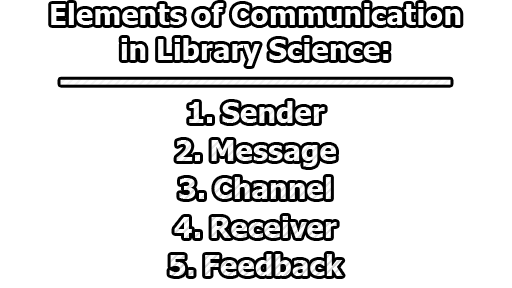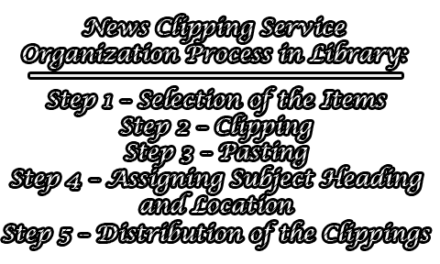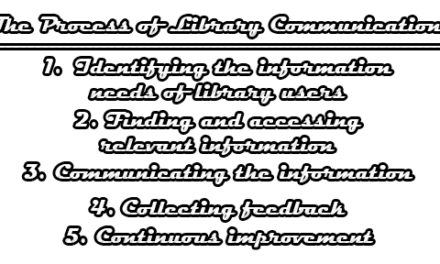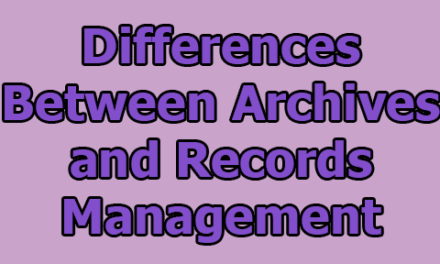Elements of Communication in Library Science:
Communication is a fundamental aspect of library science, as it is essential for facilitating the exchange of information between librarians and patrons. Effective communication is critical for creating a positive and productive library environment, where patrons can access the resources they need and librarians can provide assistance and support. There are several elements of communication that are important to consider in library science, some of them are given below:
- Sender: The sender in library communication is the person or entity that initiates the message or information to be conveyed. This could be a librarian, library staff member, or library system.
- Message: The message in library communication is the information or content that is being conveyed. This could be a book, an article, or other forms of media.
- Channel: The channel in library communication is the medium through which the message is transmitted. This could be a physical channel, such as a book, or a virtual channel, such as email or social media.
- Receiver: The receiver in library communication is the person or entity that receives the message. This could be a library user or another individual who interacts with the library.
- Feedback: Feedback in library communication refers to the response or reaction of the receiver to the message or information conveyed. This could take the form of a comment, question, or other types of response.
In addition to these elements, context is an important factor in library communication. The context of library communication includes the social, cultural, and institutional factors that shape the communication process, as well as the purpose or goal of the communication. Effective library communication requires consideration of all of these elements and the ability to adapt to different contexts and situations.

Assistant Teacher at Zinzira Pir Mohammad Pilot School and College










